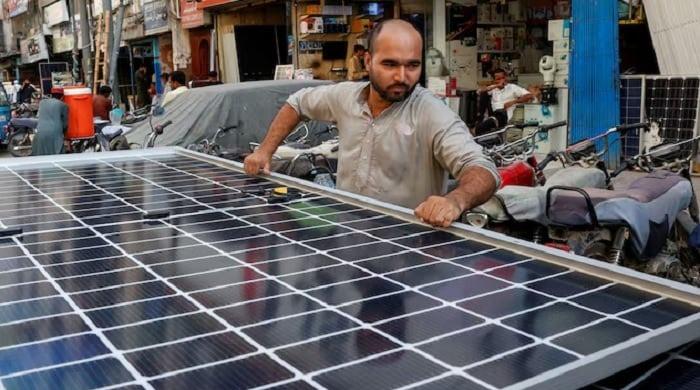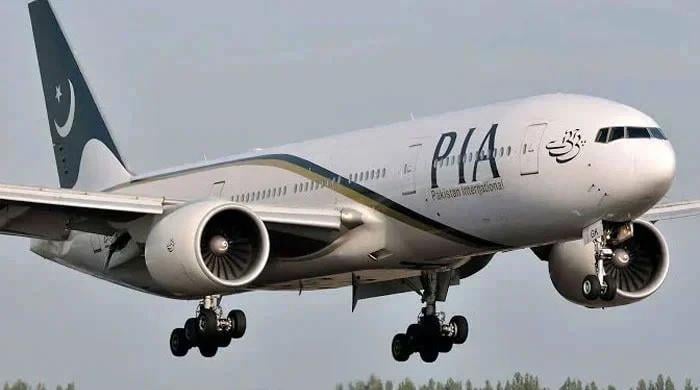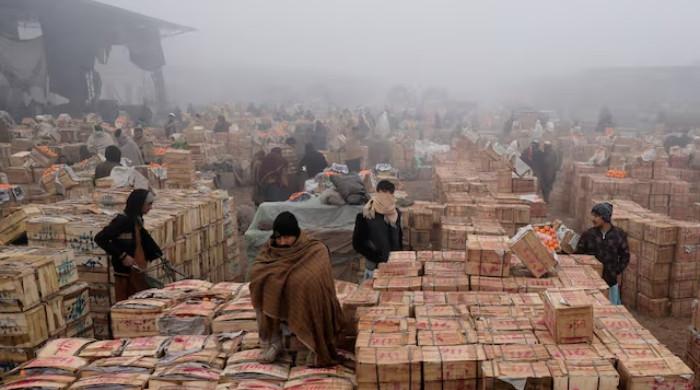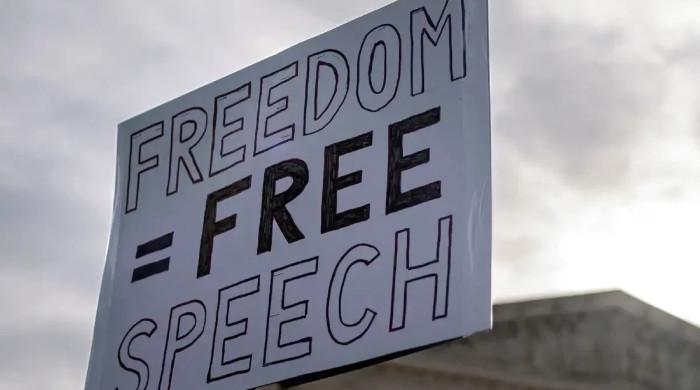Reconciliation for peace
Groups like Baloch separatists advised follow path of reconciliation, learning from similar movements globally that surrendered in the end
August 12, 2025
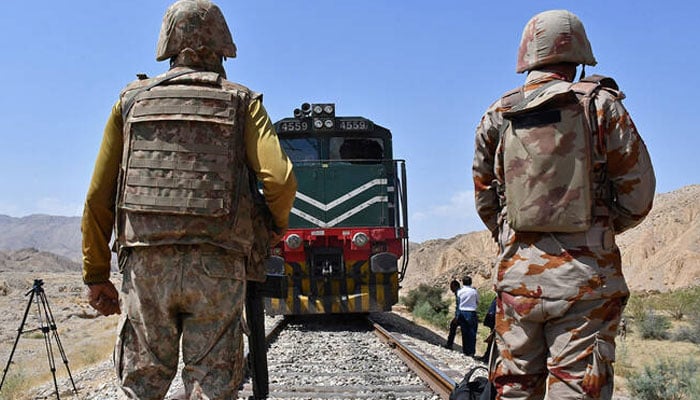
Political observers believe that if separation of a federating unit is possible through peaceful means then there is no harm in employing the principle of self-determination.
For instance, people in the Canadian province of Quebec and the British region of Scotland were allowed to express their opinion through a referendum about separation. In both cases, the majority decided not to leave the mother country, expressing a desire to stay in the union with a greater economy.
In these two instances, the democratic will of the people was respected, and those having separatist tendencies did not resort to any armed struggle.
It is important to mention that Scotland did wage an armed struggle in the past, but with time, pragmatists within Scottish society realised that collaboration with London was better than antagonising it. The Scots were rewarded for their pragmatism, with many of them clinching senior posts in the British Colonial administration across the world. Some of them became an integral part of the British ruling elite, thriving on colonial plunder and loot, besides making it to the power corridors of London. This immensely benefited Scottish society, which witnessed more prosperity than Ireland, which chose the path of armed struggle.
It is believed that industrial and economic productivity in Northern Ireland began to decline long before the unrest that erupted in 1968. For instance, the region’s manufacturing employment shrank by approximately 15,000 jobs between 1949 and 1966. But the armed struggle panicked investors who expressed reluctance to invest there. The economic consequences were catastrophic for the region, which incurred the losses of £14 billion because of personal injuries, material damages and law and order costs.
At the end of the day, the Irish had to choose the path of peace and reconciliation, which benefited ordinary people. For instance, the violence had reduced Northern Ireland's GDP by up to 10%. In 1998, Northern Ireland's GDP per capita was 20% lower than the overall UK level, albeit higher than either Wales or the North East (the poorest English region). By 2019, before the Covid-19 pandemic, Northern Ireland's GDP per capita had grown 27% in real terms; the gap with the UK level remained relatively unchanged, at around 21 per cent. Northern Ireland started outperforming Wales and the North East.
The Basque Homeland and Freedom movement in Spain was not terrible in terms of fatalities, killing more than 800 people, but it was very long-lasting, over 40 years, fighting for the independence of the seven Northern Spanish regions and south-west France that Basque separatists claim as their own. Emerging in the 1960s, it lost its momentum in the 21st century, opting to engage in dialogues. The separatist group completely disarmed itself in 2017. Spain faced separatist tendencies in Catalonia as well, but the people of that region remained peaceful, waging a political struggle for their rights.
Unlike Spain, Canada and the UK, nationalist insurgencies or separatist movements turned out to be very brutal and bloody in non-Western countries. For instance, the Kurdistan Workers Party's decades-long struggle in Turkey led to the killing of over 40,000 people. Kurds in Iraq, Syria and Iran also harboured separatist aspirations, with some of them also fighting the states concerned. All Kurdish groups had to make compromises in one way or another.
The Tamil insurgency in Sri Lanka claimed 20,000 to 75,000 lives. The Sri Lankan government asserts the toll was 9000. The fierce militants had to surrender after paying a heavy price for their separatist moves. Assam, Nagaland, Tripura, Meghalaya, Manipur, Mizoram and Arunachal Pradesh in the north-eastern region of India also faced insurgencies and separatist movements claiming over tens of thousands of lives.
The separatist struggle of South Sudan turned out to be one of the bloodiest incidents of modern times, which killed nearly 400,000 people, displacing four million internally. The acrimony caused by the brutal separation has left deep marks on the psyche of the Sundanese, who are still grappling with the effects of this conflict, besides dealing with more unrest and civil strife.
Most of the countries that secured independence after 1917 and more specifically in the aftermath of World War II had the blessing of the Soviet Union and the Socialist Camp that supported separatist and nationalist movements financially, morally and diplomatically. Most of the separatists fighting for independence were waging such struggles against colonial countries that were deeply despised across the Global South. By 1945, 85% of the world was in the clutches of colonialism. It was the support of Moscow that helped liberation movements break the shackles of colonial subjugation.
After 1992, only separatist groups enjoying the support of the West managed to gain freedom. East Timor, South Sudan and Bosnian Muslims all had this support in one way or another. The West did not throw its blessing behind every group, failing to live up to its promises in all cases.
Nationalists want to use their natural resources for their own people. The question is: if a nationalist group gets freedom with the help of imperialist or global powers, would it be able to utilise these resources for its people, or would they be up for grabs for transnational corporations? Such corporations toppled the nationalist governments in Iran, Guatemala, Chile and other parts of the world because the leaders in those unfortunate countries wanted to use their resources for their people, infuriating the West.
Given all this, it may be advisable, critics argue, that groups like the Baloch separatists follow the path of reconciliation, learning from the separatist movements in several parts of the world that surrendered in the end.
A few years ago, when emotions were running high in parts of Sindh, Dr Qadir Magsi and other Sindhi nationalists warned youth against the catastrophic impacts of any such militancy. They mobilised the entire Sindhi civil society against the spectre of militancy.
Today, Sindhi youth are reaping the dividends of peaceful struggle. Their representation in provincial, federal and local bodies’ bureaucracies has witnessed a tremendous surge. The Baloch could also follow the same path, but both the state and Baloch political leadership will have to take initiatives to that end.
Disclaimer: The viewpoints expressed in this piece are the writer's own and don't necessarily reflect Geo.tv's editorial policy.
The writer is a freelance journalist who can be reached at: [email protected]
Originally published in The News




